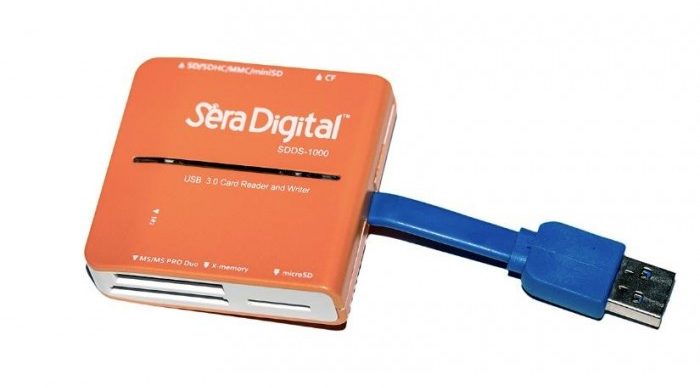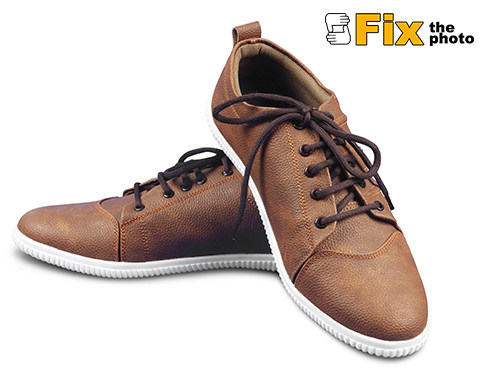If you’re looking to start a home-based business to sell products online, you’re likely starting bootstrapped and can’t set aside much money for marketing elements. One area where this happens often is in creating visual content to drive sales. It results in trying to do product photography and video yourself. It can be a fatal mistake when taking on competition that have effective professional visual content in place. So, what’s a new bootstrapped business to do to get through the early stages of creating effective visual content on a budget?
Startups should be sure to set aside or save up to afford basic professional product photography. This is usually a very attainable goal. There is plenty of proof showing that not doing professional photography can be disastrous. In most cases if the photography does not sell first, great written copies will not save your product sales. So, any business looking to sell online should have some funds set aside to get basic but great product photography done.
It’s True – Image is Everything
Too many ecommerce startups fail to understand how critical it is to have high quality product photography. Smartphone or similar quality will not cut it. This is particularly true when you can easily see around you that market leaders invest heavily in visual content. In most cases a company that leads in their market category almost always has professionally done visual content.
High quality product photography is arguably the most important factor to impact early sales opportunities. In fact, according to MDG Advertising, 67 percent of consumers say the quality of the image is very important. It’s more important than the product description, ratings or reviews.
So, to properly support the first stage of your sales lifecycle, be sure you can afford high-quality product photography. These high-end results should include the use of commercial-grade camera equipment and lighting. With this equipment used by a professional photographer, the details of your product will come out crisp and clear. If you secure this and combine it with good copy and SEO, it is the first step to helping maximize product sales.

Progressing to Lifestyle Photos
One you’ve accomplished basic product photography, you will have good visual content that easily conveys what your product is and how someone might use it. And, once these product photographs help start driving sales, it’s time to re-invest some of that revenue into more branded photography.
Lifestyle photography is the next phase in helping exalt your branding. Recognizing its benefits, Amazon offers an Enhanced Brand Content service to support this level of imaging. These photos will likely cost you more than basic product photography. But, they lay the foundation for the opportunity to strongly position your brand.
If you’re familiar with buying a new car, there is the test drive. It’s done so you can feel and see yourself driving that car. It’s the same thing in real estate with open houses. They are so you can start talking about how you can live in that house, thus you start to envision yourself in it. They are designed to build a personal experience with the product.
This is essentially what lifestyle photography does. Through the use of locations, props and models, you show potential customers how that product can be part of their lives. In many cases, this will mean showcasing your product in multiple locations, with various props and probably with various models.
For example, if you sell running shoes, basic product photography lets customers see the details of the colors, the laces, and so on. In turn, lifestyle photography lets customers see how those shoes can become part of their daily routine.
So, if waterproofing is a key feature, you might have the product photographed with a runner splashing in puddles. This caters to a niche customer that encounters water during their jogging and wants to keep their feet as dry as possible. Through a series of lifestyle photos, you can target further niches. It could be males over 40 or females under 30, joggers that want reflective shoes for safety, and so on.
Make Product Photos More Attractive Through Photoshop
This is the step that will enable your product images to have an attractive and gorgeous look. If you want to improve the quality of your product images, you should edit them in Adobe Photoshop. Retouch the backgrounds, add shadows, remove zits, use perfect color combination, and resize the photos.
If you are good at Photoshop, do it on your own. Otherwise, you can attain product retouching services and get them revamped for about $10 per photo.

It’s Time to Get Social
While you will want to place some of the lifestyle images alongside your product listings, be sure to leverage your social media channels to grow a following and further position your brand. Lifestyle images are amongst the most effective ways to do this.
How often you post lifestyle photos to your social media accounts will obviously depend on the budget you’ve created to do it. In general, you want to remain consistent across platforms in the level of quality in your images: your ecommerce listings, website, social media, etc. It’s possible that the level of image quality you use is a factor in the level of quality your customers attach to your products.
For many startup ecommerce vendors, at this stage they are likely reinvesting much of their revenue into building the brand and establishing a market position. So, the sooner in the game you can do lifestyle images, the earlier you can start positioning your brand. Remember that if you don’t brand yourself, your competition likely will do it for you.
In other words, it’s important to be sure your competition doesn’t beat you to the punch. You need to be sure they don’t use far better-quality visual content for their brand compared with yours. If they do, it creates an opportunity to let them position you as lower quality. Or, worse your own potential customers might do it when comparing you with them. It’s why you’ll see all the successful brands in the world have premium imagery in their marketing.
Let’s Go to the Video
Once you’ve established great product and lifestyle images to support the online sales of your brand, a budget for video is the next obvious leap in the visual content lifecycle. As mentioned, lifestyle images are helpful for customers to envision themselves with your product as part of their lives. Video is highly complimentary to also helping create this feeling.
However, video can also be used for customer testimonials, product instructions or demonstrations, and so on. To help make the sale, a one-two punch of lifestyle photos with video of your product in action can be a convincing combination or a clear competitive differentiator.
The Final Stage: PR and Advertising
At some point, if you’re really successful, you will need a public relations and advertising budget as part of your overall marketing strategy. Here is where you get to be far more creative with your product and lifestyle photography. Now it’s about using images in PR to establish credibility for a market position or in advertising to reinforce that position.
It’s the final stage of your startup’s visual content lifecycle. Actually, it’s only the beginning. This visual content lifecycle, while some adaptations might be needed, should be repeated with each new product launch or product update. It’s a never-ending process in today’s world where visual content is king.
Find a Home-Based Business to Start-Up >>> Hundreds of Business Listings.
















































